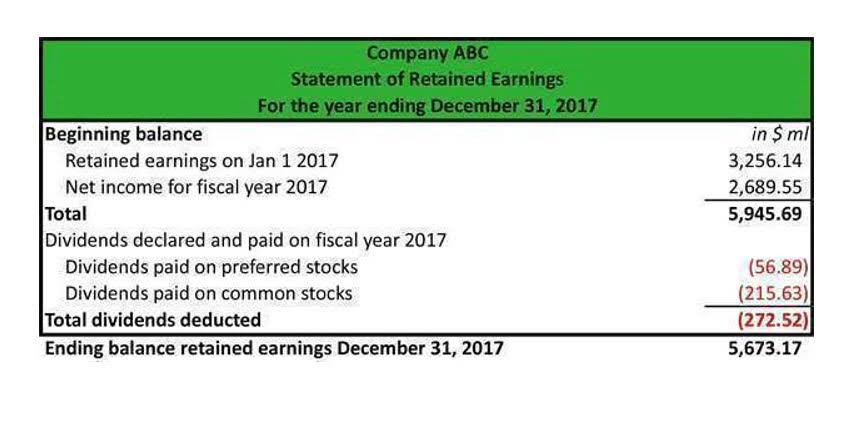
We still express the value of projects and initiatives in terms of monetary value. You’ll have to constantly prove that you’re minimizing costs and maximizing benefits. With these features at your disposal, conducting cost-benefit analysis becomes not just simpler https://blogpulseguru.com/frequently-asked-questions-about-proadvisor-2/ but also more efficient and effective with Boardmix.
- When deciding between different investment options, this method favours the project with the highest BCR.
- The analysis’s outcome determines whether the project is financially viable or whether a company should consider other alternatives.
- As you make your recommendations, be transparent about your assumptions and the potential risks involved.
- While cost-benefit analysis is an incredibly useful tool, like any analytical method, it’s not foolproof.
- A digital cost benefit analysis template is a reusable template to determine the direct and indirect costs, benefits, and risks of a potential project.
What Are the Project Costs and Benefits?

To use it effectively, it’s important to understand both sides of the coin. Keep in mind that a the main goal of using a cost-benefit analysis is to reach a . cost-benefit analysis balances the cost of an action against its potential benefits. By quantifying the financial elements of your cost-benefit analysis, you’ll lay the groundwork for making decisions that are both financially sound and strategically smart. The benefits of a cost-benefit analysis, if done correctly and with accurate assumptions, are to provide a good guide for decision-making that can be standardized and quantified.
- Just make sure that all the options are fulfilling the goal you’ve set out to achieve.
- It’s a useful tool when you want to avoid bias in your decision-making process—especially when you’re faced with a big decision that will impact your team or project success.
- The goal here is to assess not just what could change, but how those risks might affect the cost-benefit balance.
- However, no one can accurately calculate the NPV, because t_here’s no guarantee that the discount rate you’ve used is realistic_.
- When businesses or individuals assess the costs of a potential investment, they can see exactly where their money is going and what returns they might expect.
Project Risk Register Template
These factors can have a significant impact on a project’s success, but they’re difficult to quantify and compare in monetary terms. Given the Mental Health Billing uncertainties and assumptions involved in a cost-benefit analysis, it’s often helpful to conduct a sensitivity analysis. This involves changing key assumptions or variables to see how they affect the outcome. This can help you understand the risks involved and make more informed decisions. To calculate cost and benefit analysis, there are several steps you must follow (see below).
National Community Planning Month
With your analysis complete, review the results to determine whether the project creates enough value to move forward. Look at metrics like NPV, BCR, ROI, and payback period to understand both overall value and how quickly returns are realized. The goal here is to assess not just what could change, but how those risks might affect the cost-benefit balance. It also helps build confidence with stakeholders, showing that you’ve considered different outcomes, not just the best-case scenario. For example, if you’re evaluating the feasibility of migrating the entire company to new software, you have to factor in the software’s costs in the long term, too. So when you’re running a cost-benefit analysis for one option, consider other options, as well as their costs and benefits.

Governments also utilize cost-benefit analysis to assess the potential impacts of new policies or projects. For instance, it could be used to weigh the potential benefits of implementing a new public health policy against the costs. And even at the individual level, we all use a form of cost-benefit analysis when making decisions like buying a car or choosing a career. This step involves directly comparing the monetary values assigned to the costs and benefits of the project to determine whether the benefits outweigh the costs. By thoroughly identifying and categorizing these costs and benefits, you can ensure a comprehensive analysis that aids in making informed decisions. This approach allows for a more nuanced understanding of the project’s impact, ultimately supporting a well-rounded evaluation.

Types of costs

It allows you to assess whether the benefits of a project or action justify the costs involved, helping you make choices that are more efficient and impactful. This guide will walk you through how to use cost-benefit analysis to make better decisions, providing simple steps and practical examples to help you get started. Whether you’re planning a business investment, a community project, or a personal decision, CBA can help ensure your resources are used effectively. Another benefit of cost-benefit analysis is its role in helping organizations and individuals anticipate and adapt to market changes. By factoring in potential risks and opportunities, a comprehensive cost-benefit analysis can identify future trends or shifts that could impact the success of a decision. Your cost benefit analysis template is a decision-making tool for project planning to help you decide whether or not you should move forward with a project.
This guide will discuss the advantages and disadvantages of CBA, identify critical components of a CBA, and explain how to conduct a cost-benefit analysis correctly. Welcome to Productivity Patrol, your go-to destination for all things productivity! Our mission is to empower you with practical tips, insightful articles, and innovative tools to help you unlock your full potential. Say you’re a business owner considering investing in a new piece of machinery. The machine is expensive, but it could boost your productivity and revenue. Join over thousands of organizations that use Creately to brainstorm, plan, analyze, and execute their projects successfully.

